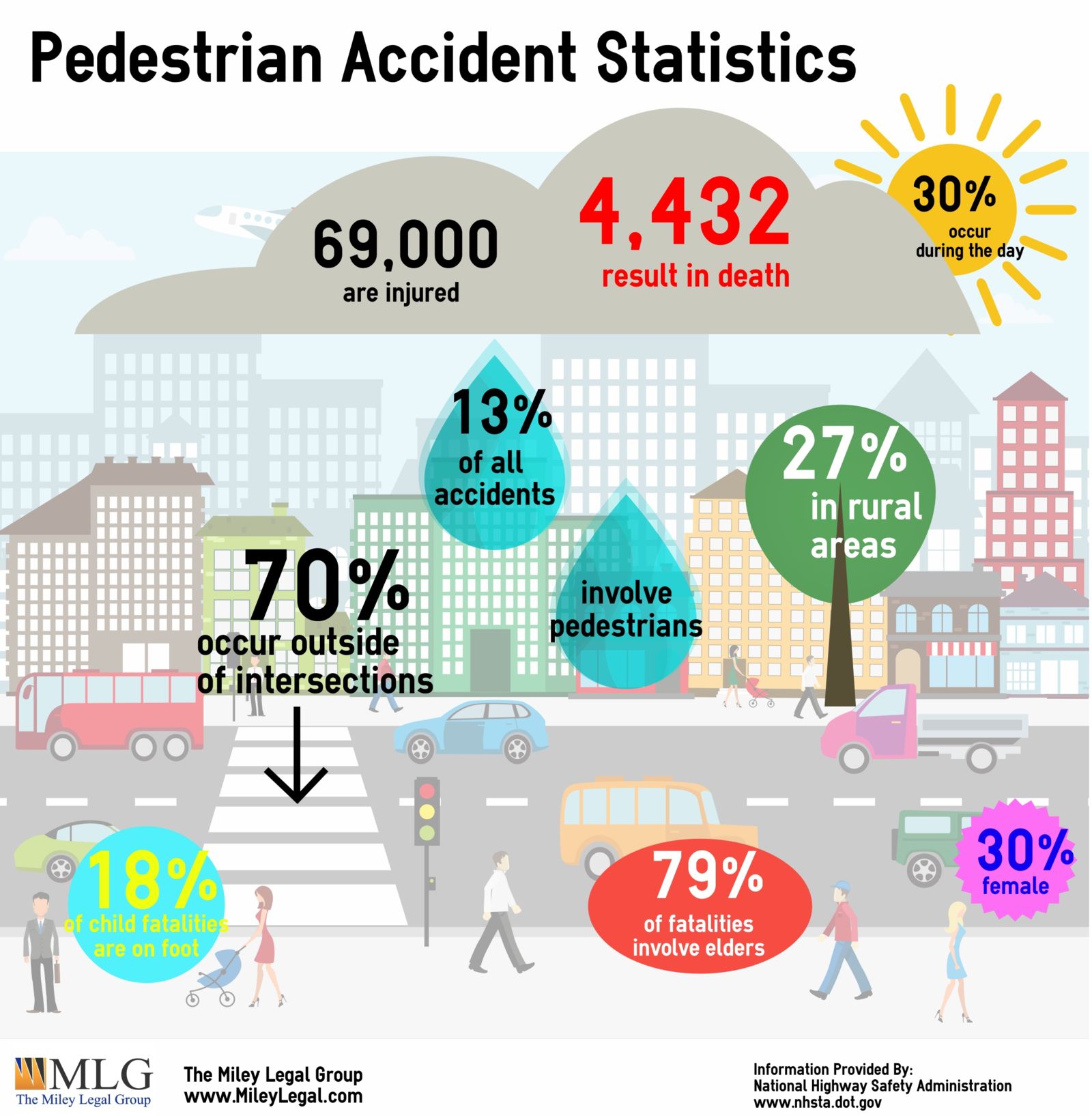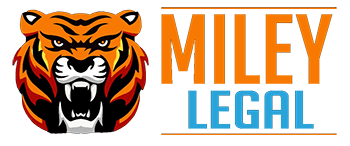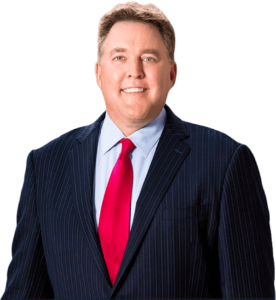
PEDESTRIAN INJURIES AND DEATHS ON THE RISE
What Can I Do To Protect Myself?
Pedestrian deaths are on the rise. In a time when vehicles are becoming generally safer and the percentage of fatal crashes has decreased overall, pedestrian fatalities and other pedestrian incidents have increased. Even though the total number of traffic fatalities decreased by almost 10,000 between 2004 and 2013 (from 42,836 to 32,719), the number of pedestrian fatalities actually increased from 4,675 to 4,735 according to the National Highway Transportation Safety Administration (NHTSA).
Broken down, NHTSA statistics reveal that one pedestrian is injured every 8 minutes and one is killed every 2 hours in a traffic crash. The statistics are even worse for children. More than one-fifth (21%) of children killed in traffic crashes were pedestrians.
Understanding how pedestrians are injured or killed is the key to protecting yourself and your family. Here are some critical statistics:
- Most pedestrian deaths, about 3 out of 4, happen in urban areas
- Most, 2 out of 3, pedestrian deaths were at non-intersections
- About half of all pedestrian deaths happen on the weekend
- About 75% of all pedestrian deaths happened during hours of darkness
- About one-third of pedestrians killed were drunk
- More than one-third of pedestrians killed in traffic crashes were males
- Twenty eight (28) West Virginia pedestrians were killed in traffic crashes in 2013
These statistics suggest common-sense solutions for pedestrians and drivers:
For Pedestrians:
- Use the sidewalk and avoid crossing streets at non-intersections
- Do not text and walk or use headphones that distract you or limit your ability to hear warnings
- Try to limit walking at night and, when possible, stick to well-lit areas
- If you have to walk at night wear reflective or brightly colored clothing – make yourself visible to drivers
- If you are impaired in any way, such as by alcohol, get a ride or stick with friends
For Drivers:
- Always scan the area for pedestrians, especially in poor lighting conditions
- Limit your speed, especially in urban areas and at night
- Be especially cautious near crosswalks and always yield to pedestrians using crosswalks
- Stay particularly focused near known pedestrian areas, such as school zones and neighborhoods
For Those Affected:
Because pedestrian incidents often cause a great deal of harm, those affected may be struggling to find ways to pay for medical care and other associated losses. If the driver was at fault, his or her automobile liability insurance should apply; however, that is often not enough. The best way to protect your family members as pedestrians is the same as the best way to protect them as automobile occupants – through having adequate uninsured motorist, underinsured motorist and medical payments coverages.
Most people don’t think about their own automobile policy applying to them as pedestrians, but they typically do as long as the incident involved the use of “an automobile,” not just your automobile. Your medical payments coverage will apply, up to the limit, regardless of who was at fault. This is critical especially if you do not have health insurance or have high co-pays and deductibles.
If an at-fault driver doesn’t have enough coverage, your underinsured motorist coverage can cover any additional harm; however, underinsured motorist coverage is optional coverage in West Virginia and many don’t have it. Underinsured motorist coverage, which we often refer to as “the most important coverage you can buy,” costs a small fraction of what liability coverage costs and is there to protect YOUR family. While you cannot control what a driver does, you can control your ability to handle the financial burden in the event of a pedestrian incident.

